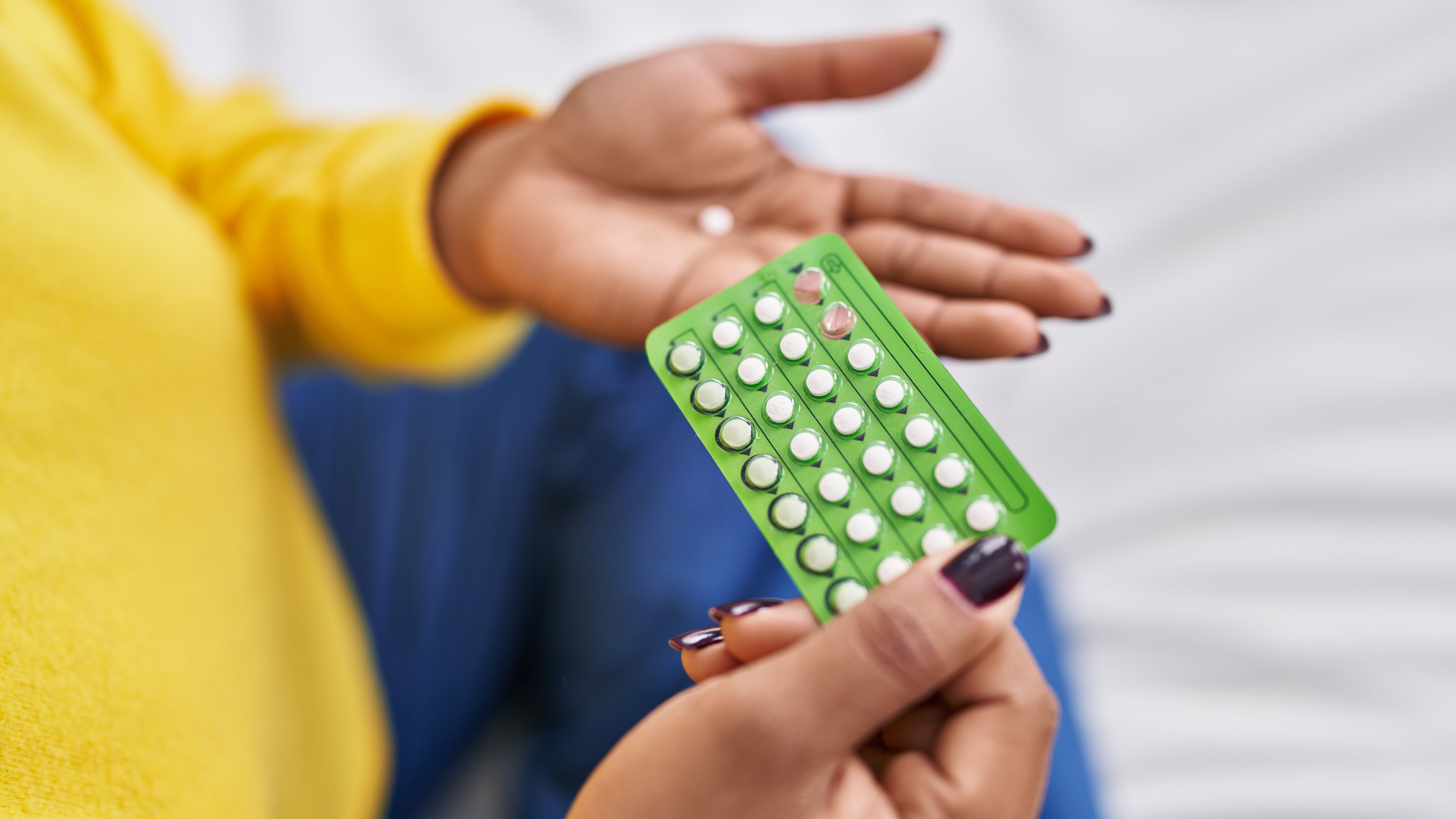In much of the world, “the Pill” has long been available on retail shelves, alongside vitamins and aspirin and the like. Not so in the U.S.—until very recently, when the Food and Drug Administration approved an oral contraceptive for over-the-counter sale, leading to its wide availability online and in brick-and-mortar establishments last year.
Soon after, Maria Rodriguez, who directs the Center for Women’s Health at Oregon Health & Science University, set out with other researchers to determine who, specifically, was getting the Pill in this newly available way.
Their nationwide study, published today in the journal JAMA Network Open, documented a big rise in access to oral contraceptives. It found that most people getting the new over-the-counter birth control pill had been using a less effective form of contraception before. Some had been relying on condoms, for example. And roughly a third of the over-the-counter cohort surveyed said they had previously been using no modern form of contraception at all.
“What we found was that the over-the-counter pill was reaching exactly the people that needed it the most,” Rodriguez said in a phone interview, ”the people that are very clear they don’t want to be pregnant, that are sexually active, and that have barriers to getting care in the clinic.“
The study surveyed two groups around the U.S.: people who were getting oral contraception over the counter and those who got it via prescription.
There were notable differences. Those who got oral contraception over the counter were more likely than the prescription cohort to be uninsured or on Medicaid, people of color, and young and living in rural areas.
Other patterns emerged too. People in the South, for example, were far more likely than those in the Western U.S. to be getting the over-the-counter version of the Pill than the prescribed version. Over-the-counter customers were more likely than prescription customers to have been pregnant before and reported higher rates of vaginal sex.
Asked why they purchased the over-the-counter version, respondents tended to cite the efficiency of the process, noting that it did not require an appointment, or that they did not have a regular doctor.
Rodriguez said as far as she knows, the study was the first to look at how the over-the-counter pill is being used in the U.S. She saw the findings as good news. Oral contraception is quite safe—more so than Tylenol or ibuprofen, she says—and birth control access is a pressing concern today, when, among other things, restrictions on abortion in much of the country make it more difficult to safely end a pregnancy.
The study did not draw from a weighted sample of the U.S. population, but Rodriguez said she and her fellow researchers worked to get respondents from a geographically diverse range of areas. Surveys—nearly a thousand responses were used—were administered through a range of methods, the study says, including QR codes, through a clinical trial recruitment service, and via partnerships with a pharmacy chain and a pill retailer.

